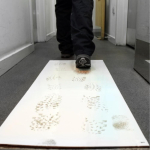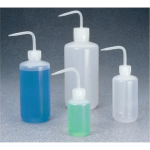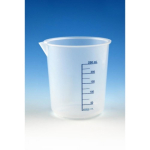Analysis Note
For assay method, see McCord, J.M. and Fridovich, I., J. Biol. Chem., 244, 6049 (1969).
Application
Superoxide Dismutase from human erythrocytes has been used: to test its effect on human neutrophils in reactive oxygen species (ROS) measurement studies involving Pseudomonas aeruginosa infection as an antioxidant to test its effect on ROS generation induced by atmospheric-pressure plasma jet (APPJ) in red blood cell (RBC) homogenates using optical spectroscopy studies to test its attenuating effect on hemoglobin (Hb)-induced nuclear factor-kappa B (NF- ?B) and hypoxia-inducible factor (HIF) activity in human dermal microvascular endothelial cells (HMECs-1)
Biochem/physiol Actions
Catalyzes the dismutation of superoxide radicals to hydrogen peroxide and molecular oxygen. Plays a critical role in the defense of cells against the toxic effects of oxygen radicals. Competes with nitric oxide (NO) for superoxide anion (which reacts with NO to form peroxynitrite), thereby SOD promotes the activity of NO. SOD has also been shown to suppress apoptosis in cultured rat ovarian follicles, neural cell lines, and transgenic mice.
Mutations in the SOD1 gene are implicated in Amyotrophic lateral sclerosis (ALS).
General description
Superoxide dismutases (SOD) are a group of low molecular weight metalloproteins present in all aerobic cells of plants, animals and micro-organisms. Three forms of SOD exist, based on the metal ions in the active site. These are Cu2+/Zn2+, Mn2+ and Fe2+ containing SOD. In vertebrate organisms, Cu/Zn-SOD is located in the cytoplasm as well as the mitochondrial intermembrane space, whereas Mn-SOD is located at the mitochondrial matrix space in prokaryotes. Fe-SOD is also found in prokaryotes and higher plants. Human erythrocyte SOD is a non-covalently bound homodimeric protein with two 16.3 kDa subunits containing 153 amino acids. Each dimer consists of two Cu2+ atoms and two Zn2+ atoms.
Unit Definition
One unit will inhibit reduction of cytochrome c by 50% in a coupled system with xanthine oxidase at pH 7.8 at 25 °C in a 3.0 mL reaction volume. Xanthine oxidase concentration should produce an initial δA550 of 0.025 ± 0.005 per min.









